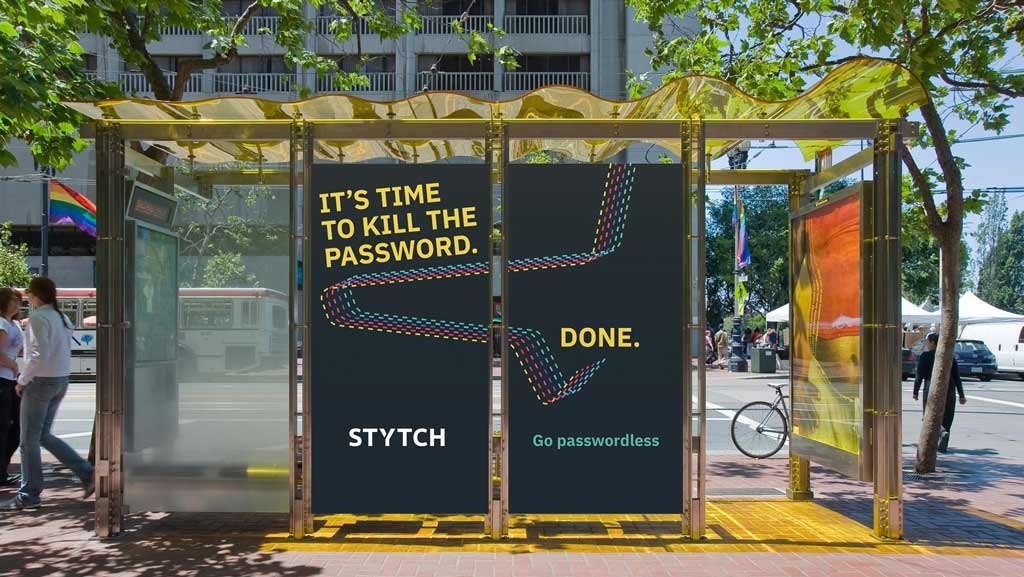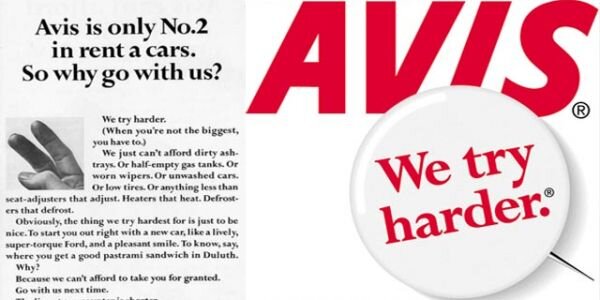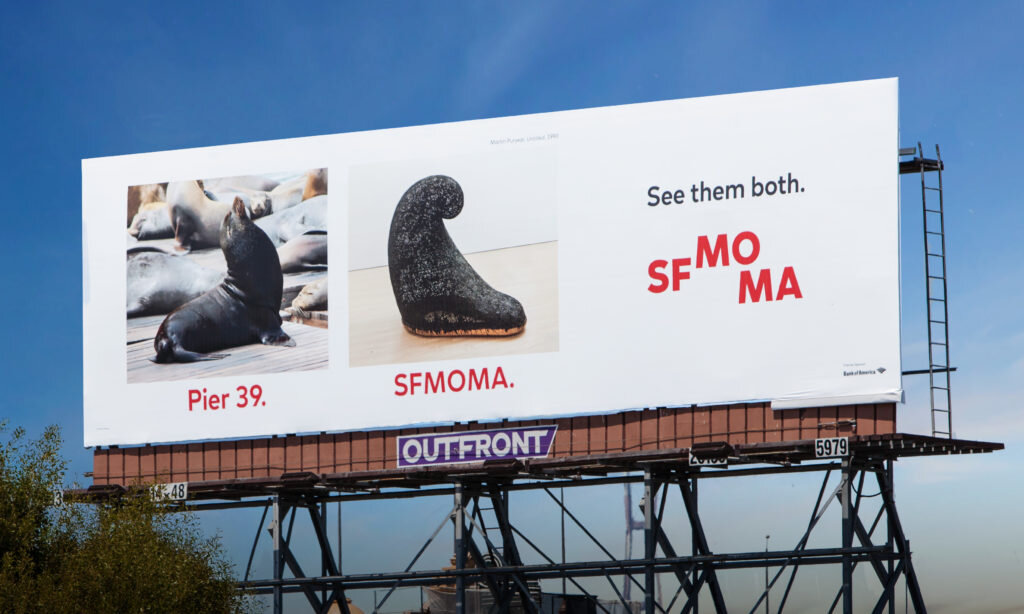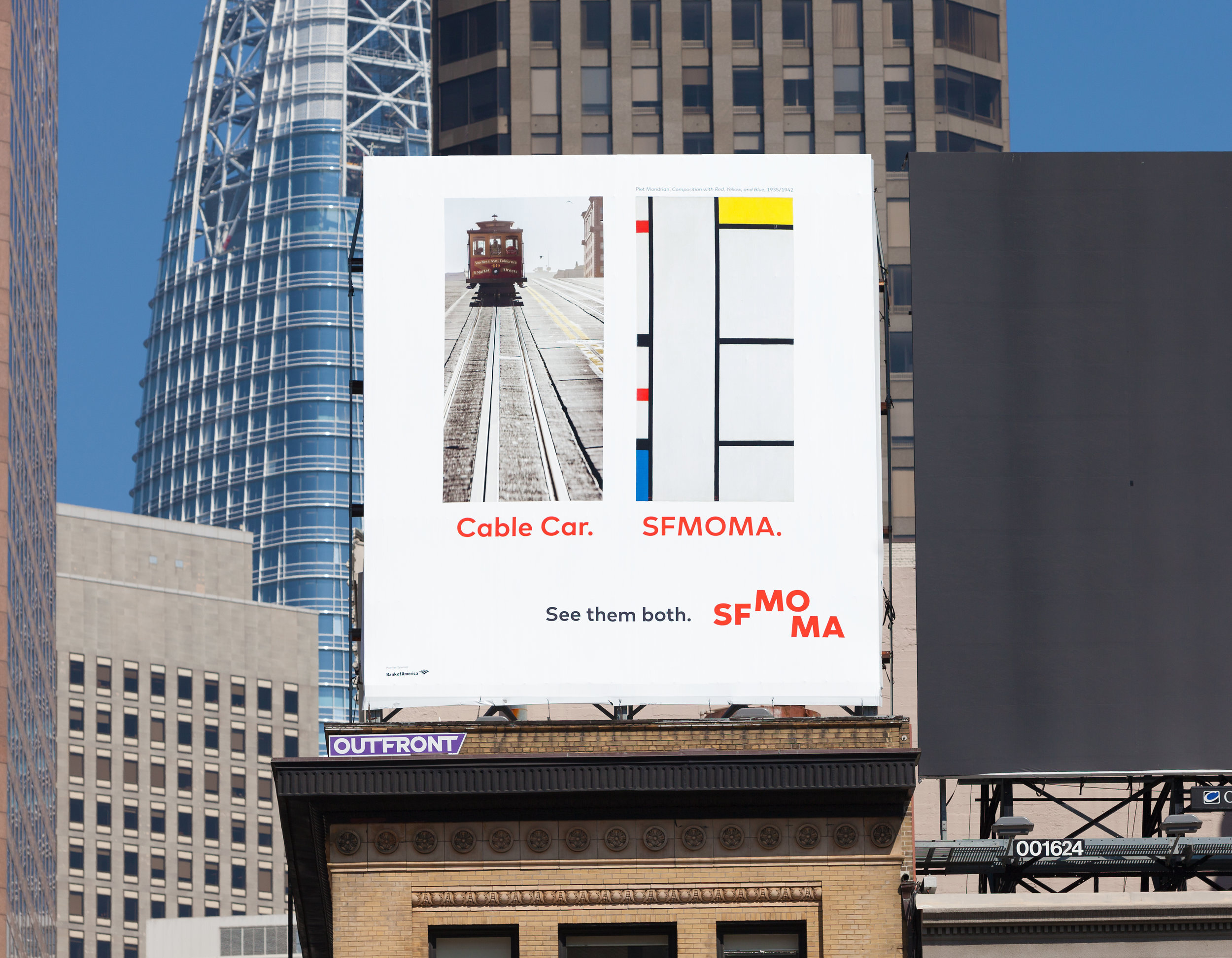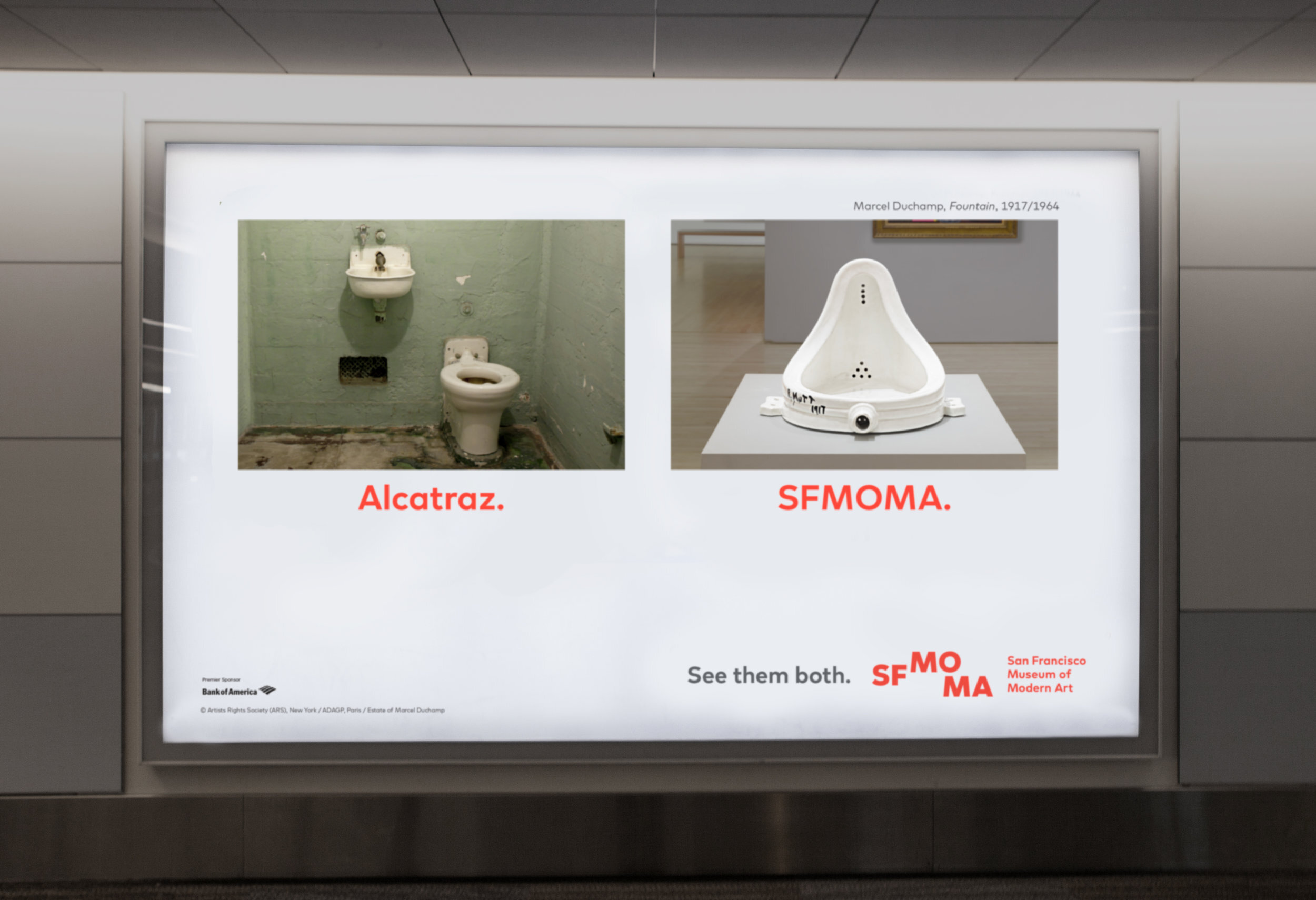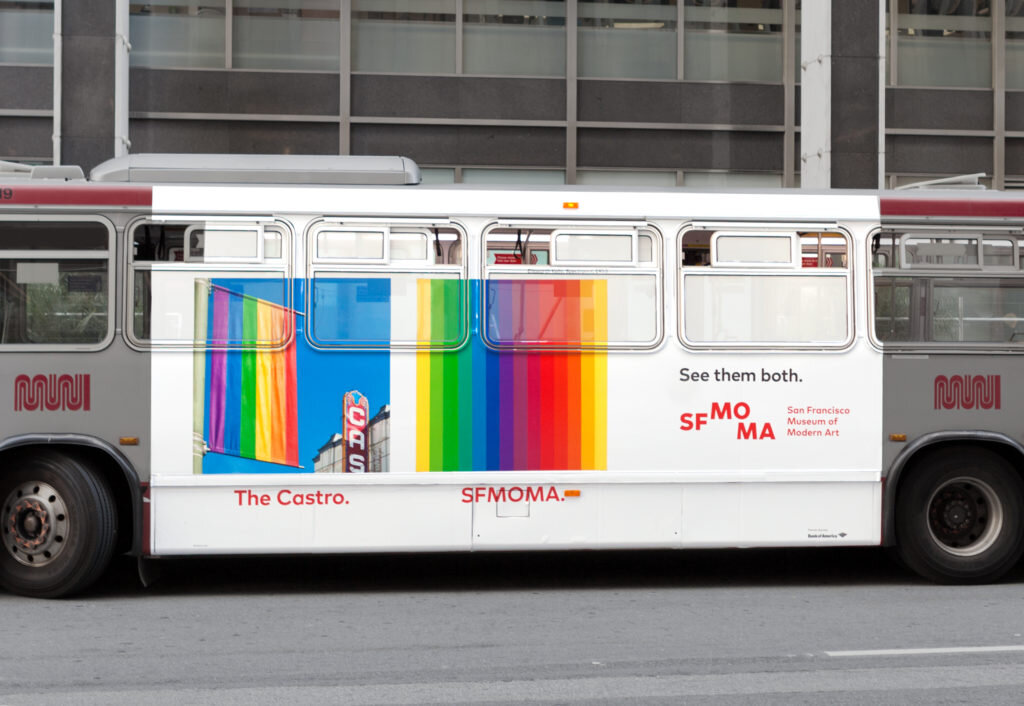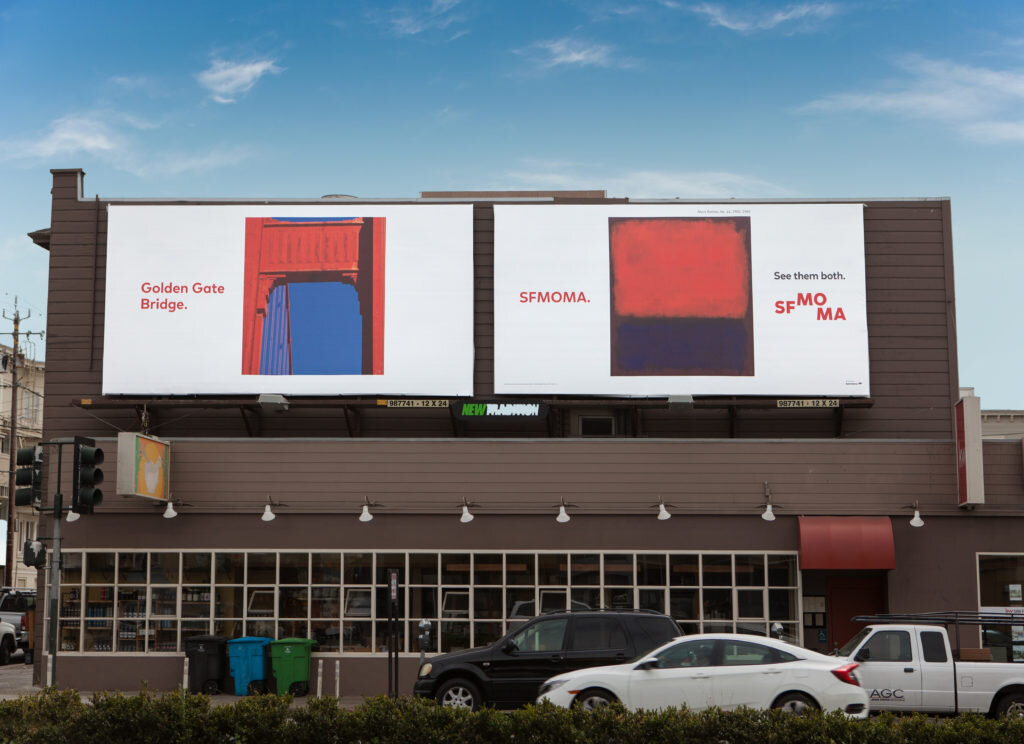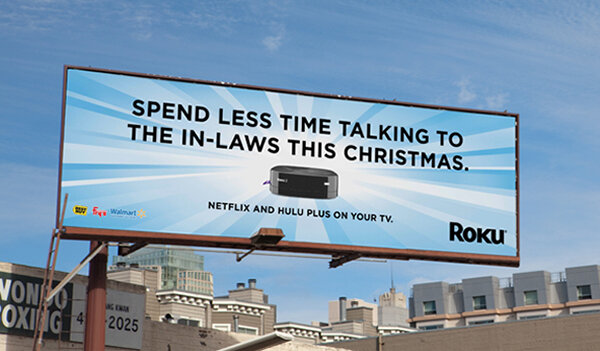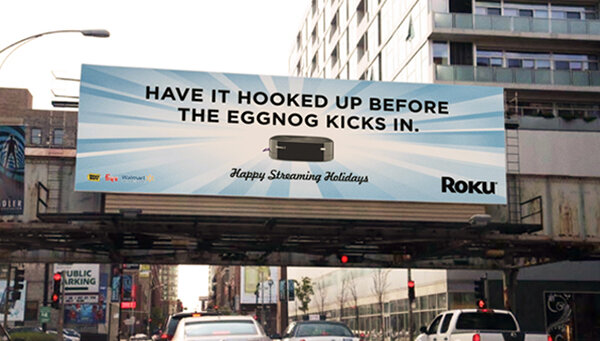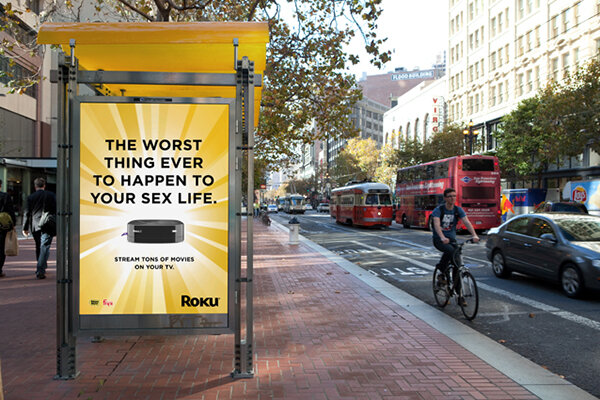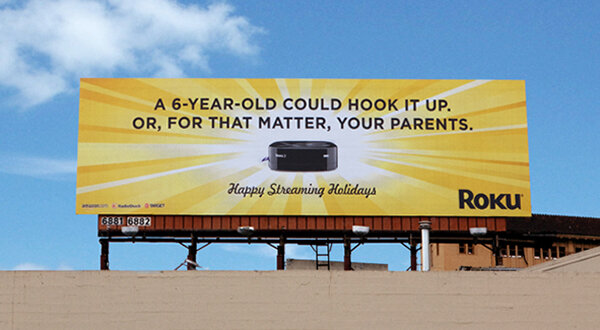The people who work at ad agencies are generally not Rhodes Scholars, rocket scientists, or Mensa members. They didn’t graduate from Stanford, Penn, or MIT. And if you’re the CEO of a Series B startup, you may be smarter than many of them. But intelligence doesn’t make great advertising. Insight does. And ad people know how to connect emotionally with people and make them want things.
Yes, it’s sometimes hard for really smart people to relinquish control, but if we could give you one piece of advice when running a Series B start-up it’s this: Stop solely collaborating internally on how best to market your product and bring in an ad agency to help you and your team get the job done.
If you have the money to build an internal agency, that works too. Keep them independent and hire experienced talent and internal agencies are amazing. But before you spend the millions, spend a few thousand. Why?
We don’t know everything
And that’s a good thing. You all know too much; about the product about the market about the technology about the details. Your target audience doesn’t think about your product 1/100th as much as you do. Neither do we. But an agency can help find that little piece of truth, that one thing that will make people sit up and go, “Ooah, what’s that?”
Strategic Planning: Sure, you can draft a business plan, but can you craft a campaign strategy that weaves seamlessly beyond just digital and social clicks? An ad agency does more than just draw pretty pictures; they map out the entire journey, sorta like a GPS with a PhD in marketing.
Copywriting: Anyone can string a few adjectives together, but crafting copy that’s actually memorable is an art form. Your product or service may be as exciting as watching paint dry, but in the hands of the right creative team, even insurance can be entertaining.
Design: Product design is not graphic design or art direction. You probably have great product designers and UX designer on staff. But that’s not the same as a conceptual art director or a designer who can bring a campaign to life and create a brand that’s unignorable.
Media Planning: Buying Ad Space is Not a DIY Project. Ad agencies are like real estate agents for your content, securing prime advertising spaces and negotiating deals that make your budget stretch further than your yoga instructor doing downward dog. We’ve seen countless campaigns get messed up because the wrong media is bought or the timelines aren’t clear or the specs are wrong or the assets are shipped incorrectly. Yes, you’ll pay a small commission. But do it right or don’t do it.
Data Analysis: Ad agencies don't just throw darts in the dark and hope for the best. They dive deep into the data, analyzing the performance of your campaigns. They can adjust the messaging and adjust the target media to get the absolute most from your media spend. At the same time, we do not blindly follow data. We use it to craft holistic campaigns. If advertising was pure science, we would have written the algorithm and retired a long time ago.
That’s it. What an ad agency does for you isn’t exceptionally complicated But it’s a skill like any other best left to the experts. You trust them to know their craft and you’ll benefit from their perspective.
########
The Small Agency Blog is produced by Division of Labor; a top San Francisco ad agency and digital marketing firm that’s been named Small Agency of the Year twice by Ad Age. The award-winning creative shop services clients on a retainer or project basis. They also offer brand consulting services and hourly engagements for startups and smaller brands. Click here for a free consultation.


